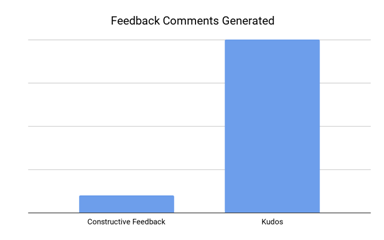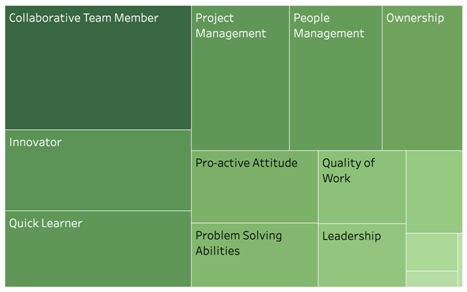Customer Experience (CX) has become an indispensable factor in running businesses today, with more than two-thirds of the companies primarily focusing on CX to stay ahead of their competition. Also, recent research by PwC shows that 86% of adult customers are ready to spend more for a better customer experience, and this ground reality makes enterprises prioritize CX.
Getting Started – Data is the key
The best way to start is to focus on collecting customer data and feedback from multiple channels and leverage the same in deriving valuable and accurate insights. Then, use it in improving the acquisition, satisfaction, and retention of the customers, thus increasing the overall revenue. The more the number of customer touchpoints, the more data is generated and the generated data can be analyzed for superior actionable insights. Each stage of the customer journey has multiple touchpoints and it is important to have a great user experience across these stages. For example, in the awareness stage the ease of participating in NPS surveys, discussion forums, chats on the website, etc becomes key to a good quality customer experience. Likewise streamlining premium user experience across other stages like purchase, usage, customer support, and loyalty rewards the brands with higher customer affinity if the brands proactively use the data to gain deeper insights.

Customer Sentiment Analysis
Customer Sentiment Analysis is an automated technique that empowers us in the emotional understanding of how customers feel about a product, brand, or service. This process leverages advanced Natural Languages Processing (NLP) algorithms in ingesting a large number of online communications from multiple channels and converting them into meaningful insights that help in optimizing various use cases.
Below are the five ways in which Customer Sentiment Analysis would help in enhancing the Customer Experience
Understand Social Sentiment
In today’s context, Social Media is the go-to place for customers to bounce their feedback, either be a shout-out or a concern regarding a product or service. By continuously monitoring the brand mentions in social media, and streaming them into text mining algorithms, it is possible to build an overall sentiment index to measure the customer perception and reputation of the brand/product in the social spaces. The sentiment index is then further clustered into a topic-wise sentiment index increasing the granularity of the analysis.
Improve Products and Services
Performing sentiment analysis on the product reviews on e-commerce sites and market places, surveys, support tickets, and transcripts of focus group interviews assists in identifying bugs and gaps between product features and customer expectations. This data guides us to strategize a stellar product road-map and service improvements that help improve customer experience.
Enhance Customer Service
The efficiency of customer service is one of the crucial factors determining customer experiences. There are multiple channels such as e-mail, chat, and calls where the customers interact with customer service to solve the problems related to the offered product/services. By running, sentiment analysis on the customer and agent interaction uncovers gaps in customer service, thus improving the overall customer experience.
Knowing The Competitors
A comprehensive competitor analysis aids in identifying influential competitors and provides valuable insights into their product/services and marketing strategies. By also running sentiment analysis on the competitors would benefit in understanding market gaps and opportunities that provide you an edge in selling your product. This analysis also improves the customer experience by learning from the mistakes of the competitor.
Optimizing Marketing Efforts
Sentiment analysis also acts as a guide to accurately derive the campaign performance by analyzing how customers react and engage with marketing campaigns. These insights also support in segmenting customers and deliver hyper-personalized messaging that improves conversion rate and customer experience.
SetuServ’s AI-powered Voice of Consumer Insights and Signals (VOCIS) platform is a proven solution when it comes to Customer Sentiment Analysis and helps you to provide a better customer experience to your customers.

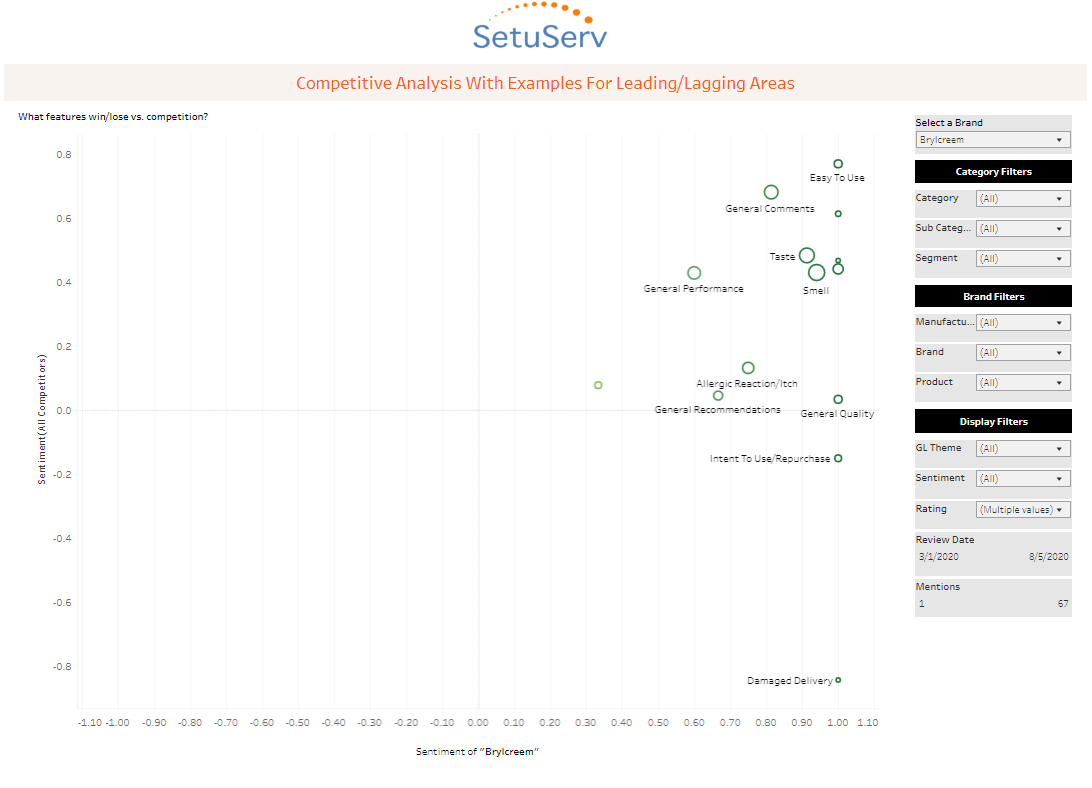
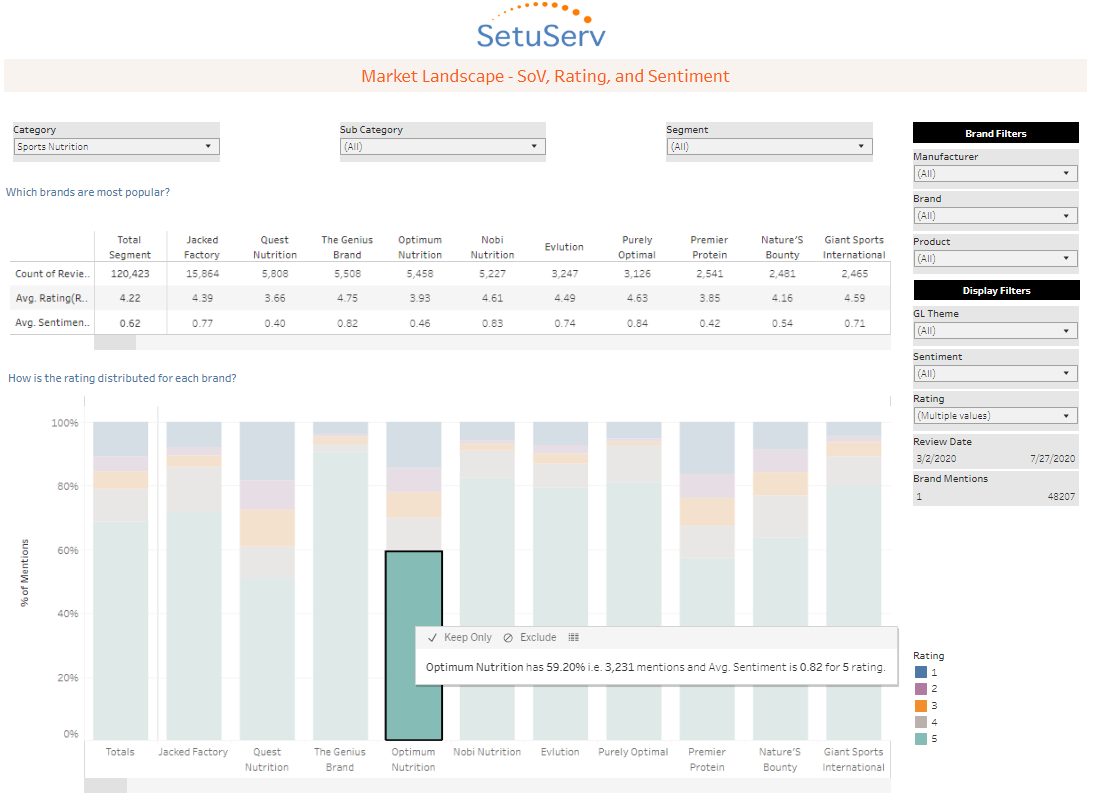
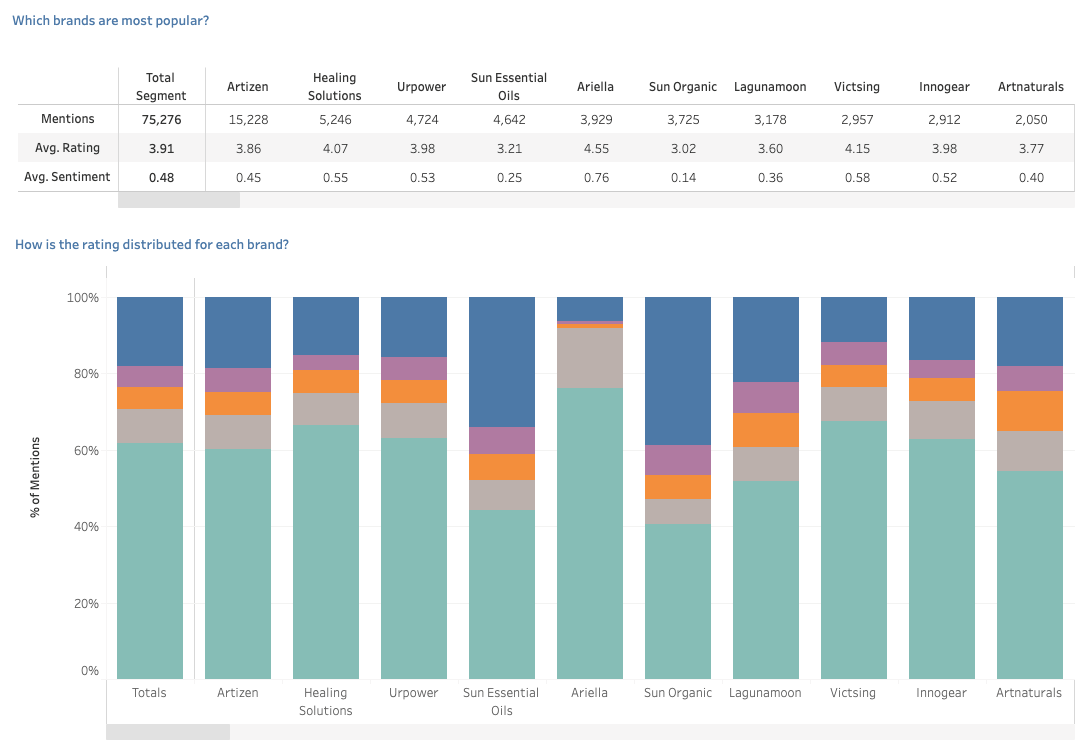




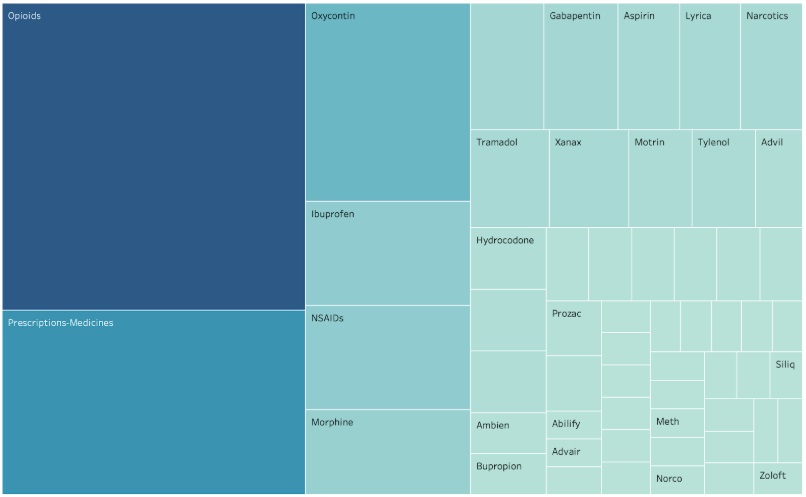



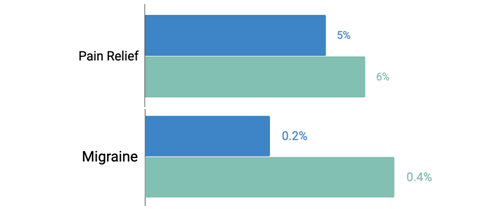 More than a quarter of CBD reviews talk about how effective
More than a quarter of CBD reviews talk about how effective 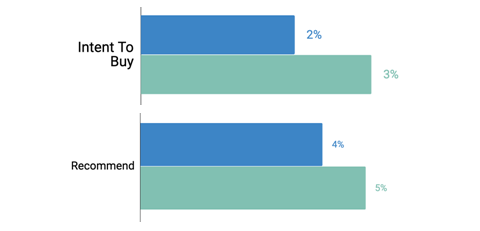
 CBD products are made in multiple formats – pills, powders, tinctures etc.
CBD products are made in multiple formats – pills, powders, tinctures etc. 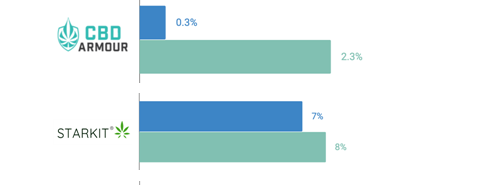
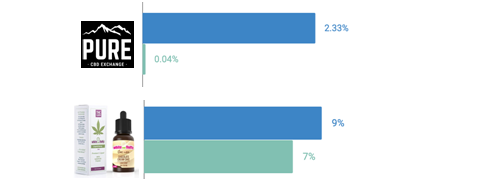
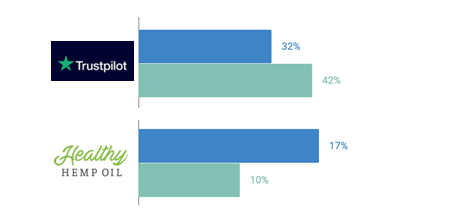
 “Ice Head Shop” is the review site that had the highest
“Ice Head Shop” is the review site that had the highest 

